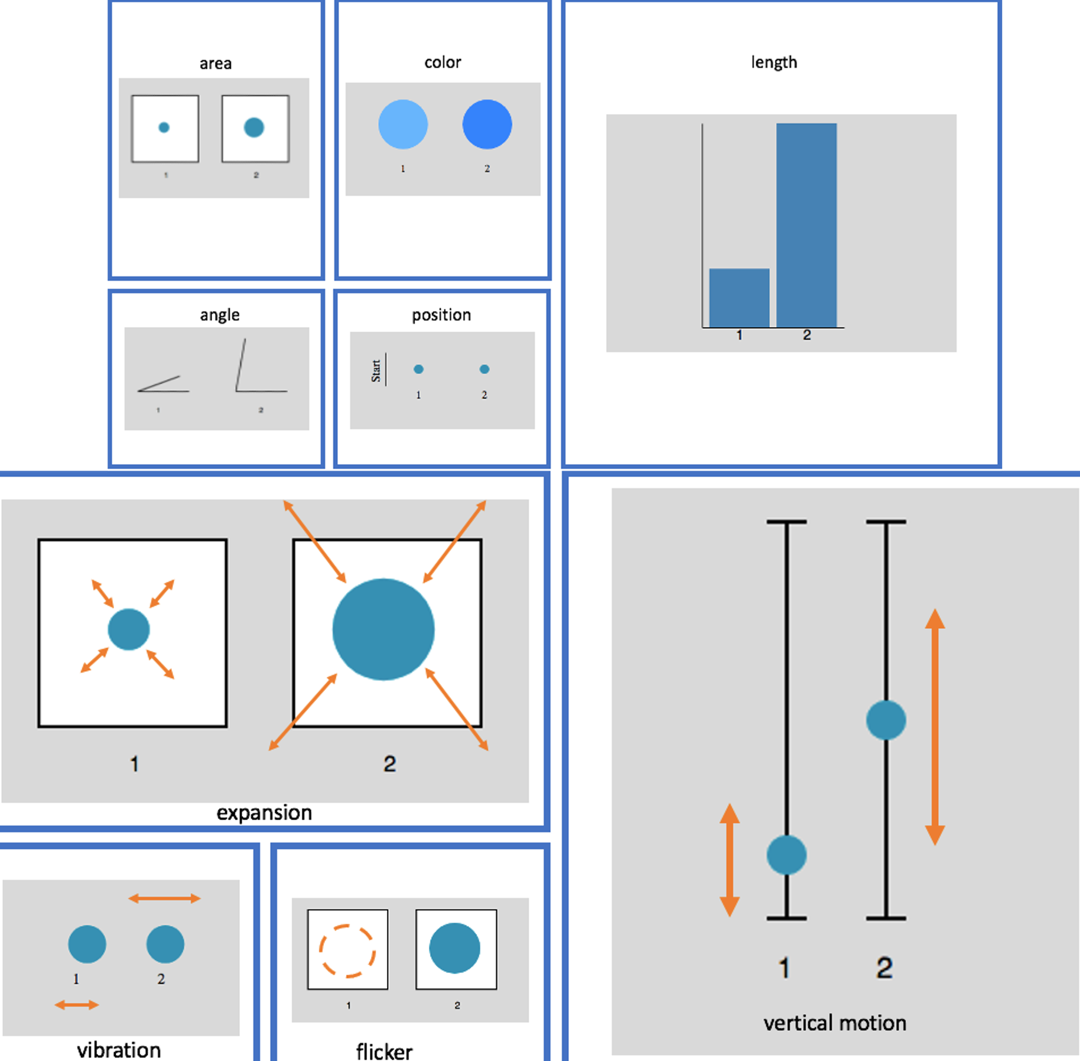Evaluating Graphical Perception of Visual Motion for Quantitative Data Encoding
Shaghayegh Esmaeili -
Samia Kabir -
Anthony M. Colas -
Rhema P. Linder -
Eric D. Ragan -
Screen-reader Accessible PDF
DOI: 10.1109/TVCG.2022.3193756
Room: Bayshore III
2024-10-17T17:57:00ZGMT-0600Change your timezone on the schedule page
2024-10-17T17:57:00Z

Fast forward
Full Video
Keywords
Information visualization, animation and motion-related techniques, empirical study, graphical perception, evaluation.
Abstract
Information visualization uses various types of representations to encode data into graphical formats. Prior work on visualization techniques has evaluated the accuracy of perceived numerical data values from visual data encodings such as graphical position, length, orientation, size, and color. Our work aims to extend the research of graphical perception to the use of motion as data encodings for quantitative values. We present two experiments implementing multiple fundamental aspects of motion such as type, speed, and synchronicity that can be used for numerical value encoding as well as comparing motion to static visual encodings in terms of user perception and accuracy. We studied how well users can assess the differences between several types of motion and static visual encodings and present an updated ranking of accuracy for quantitative judgments. Our results indicate that non-synchronized motion can be interpreted more quickly and more accurately than synchronized motion. Moreover, our ranking of static and motion visual representations shows that motion, especially expansion and translational types, has great potential as a data encoding technique for quantitative value. Finally, we discuss the implications for the use of animation and motion for numerical representations in data visualization.